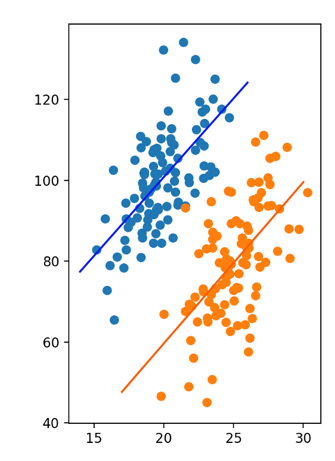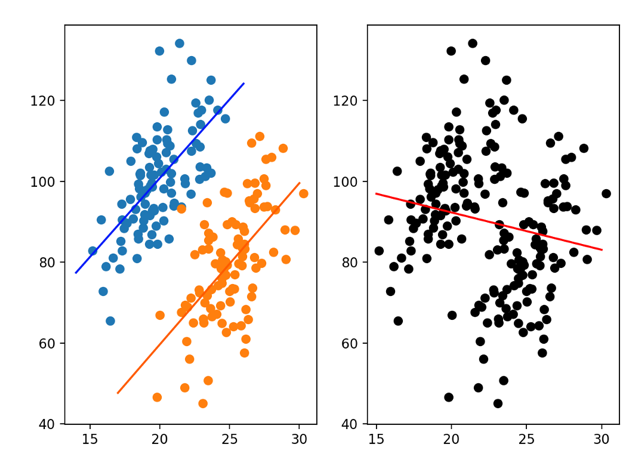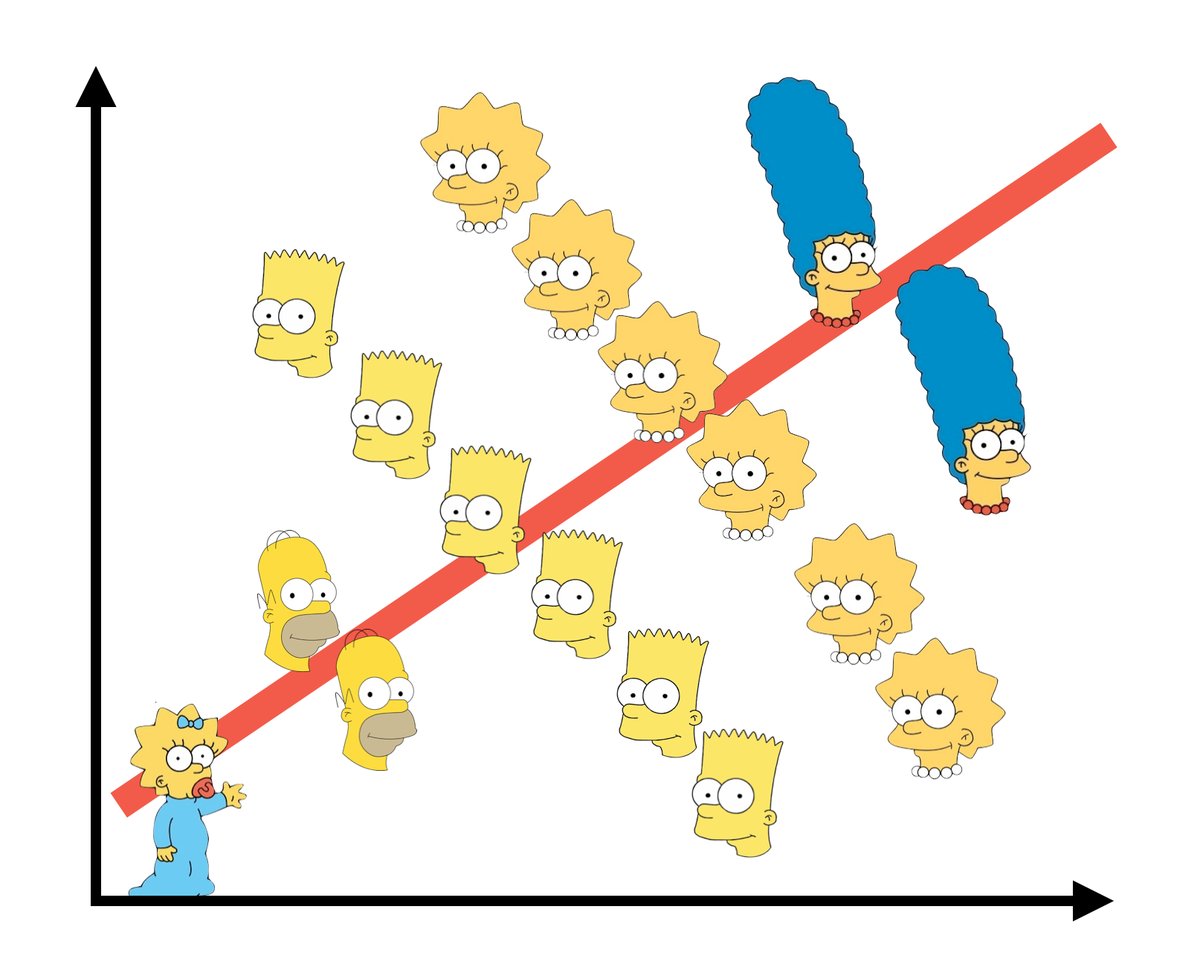Conditional Probability
Lecture 11
Dr. Elijah Meyer
Duke University
STA 199 - Spring 2023
February 17th, 2023
Checklist
– Clone ae-10
– HW-2 coming shortly after class (due 1-week)
– Groups public soon after class
– team repos for lab
Announcements
– Do not start lab-4 early
– Gradescope vs Gradebook
Goals
Exploring Relationships of data
be able to define and compute marginal, joint and conditional probabilities
Fill in contingency tables
identify when events are independent
Have an understanding of Bayes’ theorem
Simpson’s Paradox
Last Time
– Terms
Event
Sample Space
Last Time: Types of probabilities
– Single Event
– “And”
– “Or”
Same Concept - Different Names
– Single Event : Marginal Probability
– “And” : Joint Probability
– “Or” : Joint Probability
Same Concept - Different Terms
– P(A and B) = P(A \(\cap\) B)
– P(A or B) = P(A \(\cup\) B)
Quick Example

Let A represent being cured from the disease
Let B represent taking the drug
What’s the sample space for A?
P(A) =
P(A and B) =
P(A or B) =
Conditional Probability
– formally, we define conditional probability as P(A|B)
– “|” represents “given”
Example
Let A represent being cured from the disease
Let B represent taking the drug

– P(B|A) =
Helpful rules: Bayes Theorem
– is a mathematical formula used to determine the conditional probability of events.
– describes the probability of an event based on prior knowledge of the conditions that might be relevant to the event
– P(A|B) = \(\frac{P(B|A) * P(A)}{P(B)}\)
In action
Let A represent being cured from the disease
Let B represent taking the drug

P(A|B) = \(\frac{P(B|A) * P(A)}{P(B)}\)
Helpful rules: Law of total probability
– the probability that A occurs is equal to the sum of the probabilities that A occurs with B and that A occurs without B
– P(A) = P(A and B) + P(A and \(B^c\))
Helpful rules: Independence
– P(A|B) = P(A)
Independence
Let A represent being cured from the disease
Let B represent taking the drug
– Are A and B independent?

ae-10
Simpson’s Paradox
– is a statistical phenomenon where an association between two variables in a population emerges, disappears or reverses when the population is divided into subpopulations
Simpson’s Paradox

Simpson’s Paradox

Simpson’s Paradox

